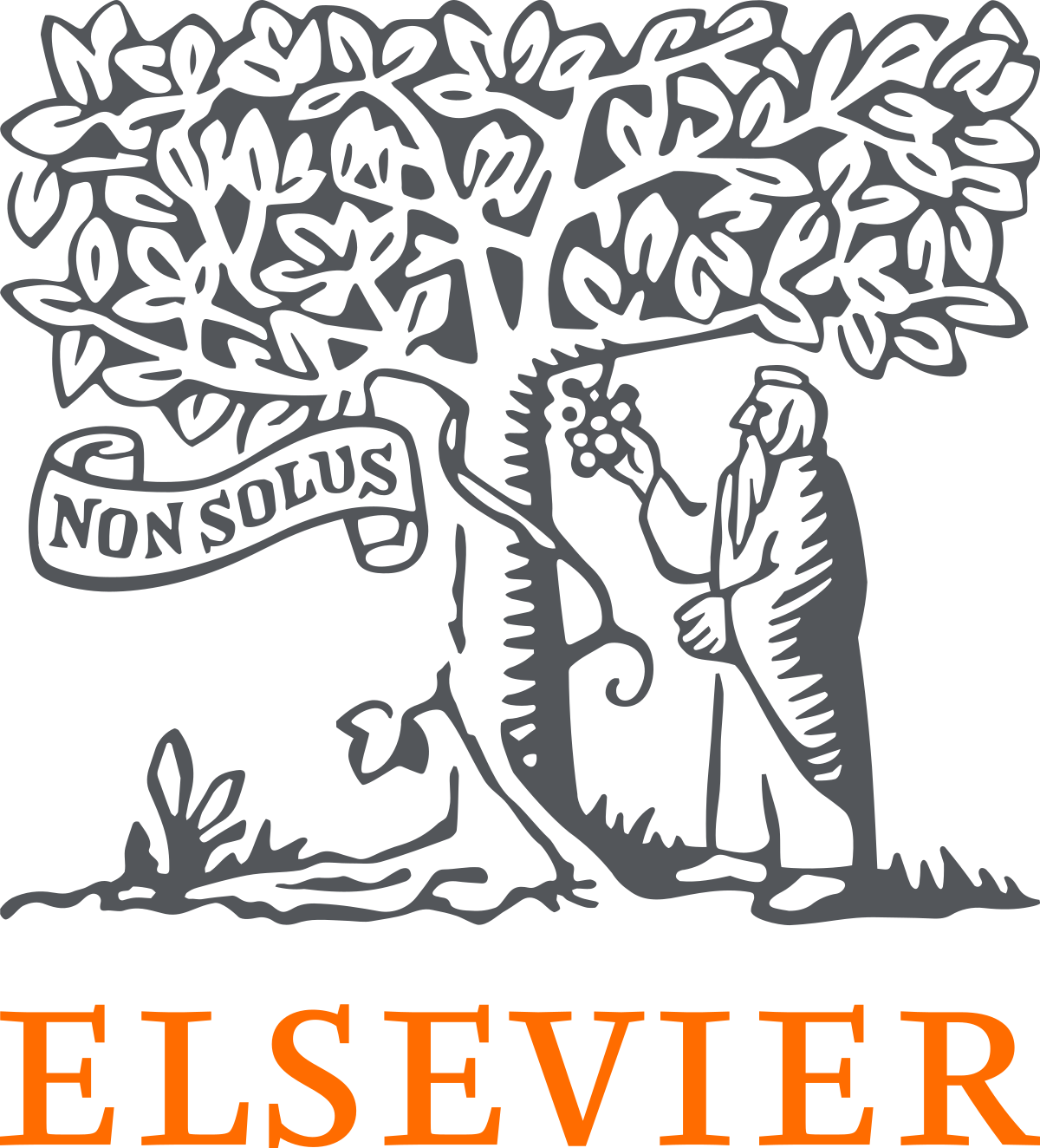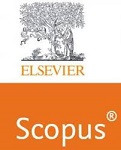Enhancing Dementia Patient Tracking: A Comparative Study of RFID-Based Detection Systems Using Parked and Moving Vehicles
Keywords:
Dementia, Detection systems, GPS, Parked vehicles, Moving vehicles, RFID, SUMO.Abstract
Dementia, a progressive neurological disorder affecting millions globally, poses significant challenges in patient care, particularly due to the risk of wandering. Traditional tracking systems like GPS, Bluetooth, and Wi-Fi often fail to provide reliable, real-time tracking, especially in dense urban environments or areas with poor signal coverage. This paper proposes an innovative RFID (Radio-Frequency Identification)-based tracking system that leverages moving vehicles to enhance the detection and localization of wandering dementia patients by providing a robust, scalable solution for both urban and suburban environments. Unlike existing systems that rely on parked vehicles [7], our approach utilizes a network of moving vehicles equipped with RFID readers, significantly expanding detection coverage and reducing blind spots. We conduct a comparative analysis between the proposed moving vehicle-based system and the existing parked vehicle-based system, using real-world data from Punjabi University, Patiala, and simulations via SUMO (Simulation of Urban MObility). Our results demonstrate that the moving vehicle-based system improves average detection times by up to 60% when the sampling rate is always ON, reduces failed detection rates by 50%, and enhances overall system reliability. The study also addresses technical, privacy, and health-related challenges, offering solutions to optimize system performance.
Downloads
References
World Health Organization, “Dementia,” WHO, 2021. Available: https://www.who.int/news-room/fact-sheets/detail/dementia.
Alzheimer’s Association, “Alzheimer’s Disease Facts and Figures,” Alzheimer’s & Dementia, vol. 17, no. 3, pp. 327-406, 2021.
M. Brown, P. Taylor, and K. Green, “A Review of GPS and RFID-Based Tracking for Dementia Patients,” IEEE Internet of Things Journal, vol. 8, no. 5, pp. 7651-7663, 2022.
L. Anderson et al., “Urban Mobility Trends and Their Impact on RFID-Based Tracking,” Transportation Research Part C: Emerging Technologies, vol. 98, pp. 123-136, 2022.
T. Nakamura et al., “Comparative Analysis of RFID-Based Static and Dynamic Tracking Systems,” International Journal of IoT Applications, vol. 10, no. 2, pp. 98-113, 2023.
R. Verago, J. Naoum-Sawaya, W. Griggs, and R. Shorten, “Localization of Missing Entities Using Parked Cars,” in Proc. 4th International Conference on Connected Vehicles and Expo, 2015, pp. 40-41.
W. Griggs et al., “Localizing Missing Entities Using Parked Vehicles: An RFID-Based System,” IEEE Internet of Things Journal, vol. 5, no. 6, pp. 4846-4858, 2018.
H. Z. Wu, M. Lee, and R. Singh, “Scalability and Energy Considerations in IoT-Based Patient Tracking,” IEEE Transactions on Industrial Informatics, vol. 18, no. 5, pp. 6924-6935, 2023.
J. Thompson and M. Rivera, “Real-Time Patient Tracking Using IoT-Enabled Smart Vehicles,” Sensors, vol. 22, no. 8, p. 3245, 2022.
P. Wang and X. Li, “A Dynamic RFID-Based Patient Monitoring System Using Public Transport Networks,” IEEE Sensors Journal, vol. 21, no. 4, pp. 4789-4799, 2021.
D. Krajzewicz, J. Erdmann, M. Behrisch, and L. Bieker, "Recent Development and Applications of SUMO – Simulation of Urban Mobility," International Journal on Advances in Systems and Measurements, vol. 5, no. 3 & 4, pp. 128-138, 2012.
L. Robinson, D. Hutchings, H. O. Dickinson, L. Corner, F. Beyer, T. Finch, J. Hughes, A. Vanoli, C. Ballard and J. Bond, Effectiveness and acceptability of non-pharmacological interventions to reduce wandering in dementia: a systematic review, International Journal of Geriatric Psychiatry, vol. 22, no. 1, pp. 9-22, 2007.
Alzheimer’s Society, Walking About, Factsheet 501LP, December 2015. (Last accessed: 21 May 2023). [Online]. Available: https://www.alzheimers.org.uk/sites/default/files/migrate/downloads/factsheet_walking_about.pdf
Q. Lin, D. Zhang, L. Chen, H. Ni and X. Zhou, Managing elders’ wandering behavior using sensors-based solutions: a survey, International Journal of Gerontology, vol. 8, no. 2, pp. 49-55, 2014.
C. K. Y. Lai and D. G. Arthur, Wandering behaviour in people with dementia, Journal of Advanced Nursing, vol. 44, no. 2, pp. 173-182, 2003.
M. Halek and S. Bartholomeyczik, Description of the behaviour of wandering in people with dementia living in nursing homes - a review of the literature, Scandinavian Journal of Caring Sciences, vol. 26, no. 2, pp. 404-413, 2012.
D. M. Taub, S. B. Leeb, E. C. Lupton, R. T. Hinman, J. Zeisel and S. Blackler, The Escort system: a safety monitor for people living with Alzheimer’s disease, IEEE Pervasive Computing, vol. 10, no. 2, pp. 68-77, 2011.
M. Lucero, S. Hutchinson, S. Leger-Krall and H. S. Wilson, Wandering in Alzheimer’s dementia patients, Clinical Nursing Research, vol. 2, no. 2, pp. 160-175, 1993.
J. Dickinson and J. McLain-Kark, Wandering behavior associated with Alzheimer’s disease and related dementias: implications for designers, Journal of Interior Design, vol. 22, no. 1, pp. 32-38, 1996.
BrightFocus® Foundation, How to Prevent Wandering in Alzheimer’s Patients, Article, 23 May 2017.
Alzheimer’s Society, Assistive Technology – Devices to Help with Everyday Living, Factsheet 437LP, April 2015.
M. B. Mendoza, C. A. Bergado, J. L. B. De Castro and R. G. T. Siasat, Tracking system for patients with Alzheimer’s disease in a nursing home, in Proceedings of the 2017 IEEE Region 10 Conference, Penang, Malaysia, 2017, pp. 2566-2570.
TheJournal.ie, Irish Researchers Looking to Develop Wearable Device for Dementia Patients who Wander, Article, 23 January 2018. (Last accessed: 11 July 2023).
SafeTracks GPS Canada Inc., 2017. In: https://www.iloctech.com (Accessed: 11 July 2023).
G. Wong, GPS Shoe to Track Alzheimer’s Patients, Article, CNN, 10 June 2009. (Last Accessed: 11 July 2023). [Online]. Available: http://edition.cnn.com/2009/HEALTH/06/10/gps.shoes
E. O’Regan, Tagging Alzheimer’s Patients Causes a Rift, Article, Independent.ie, 16 July 2013.
E. Bantry-White, Supporting ethical use of electronic monitoring for people living with dementia: social work’s role in assessment, decision-making, and review, Journal of Gerontological Social Work, vol. 61, no. 3, pp. 261-279, 2018.
R. Landau, S. Werner, G. K. Auslander, N. Shoval and J. Heinik, Attitudes of family and professional care-givers towards the use of GPS for tracking patients with dementia: an exploratory study, The British Journal of Social Work, vol. 39, no. 4, pp. 670-692, 2009.
J. C. Hughes and S. J. Louw, Electronic tagging of people with dementia who wander, The BMJ (formerly the British Medical Journal), vol. 325, pp. 847-848, 2002.
Alzheimer’s Association®, MedicAlert + Safe Return, Article. (Last Accessed: 11 July 2023). [Online]. Available: http://www.alz.org/care/dementia-medic-alert-safe-return.asp
C-L. Huang, P-C. Chung, M-H. Tsai, Y-K. Yang and Y-C. Hsu, Reliability improvement for an RFID-based psychiatric patient localization system, Computer Communications, vol. 31, no. 10, pp. 2039-2048, 2008.
L. Catarinucci, D. de Donno, L. Mainetti, L. Palano, L. Patrono, M. L. Stefanizzi and L. Tarricone, An IoT-aware architecture for smart healthcare systems, IEEE Internet of Things Journal, vol. 2, no. 2, pp. 515-526, 2015.
F. Miskelly, A novel system of electronic tagging in patients with dementia and wandering, Age and Ageing, vol. 33, no. 3, pp. 304-306, 2004.
C. L. Yeung, S. K. Kwok and H. C. Mui, An investigation of an RFID-based patient-tracking and mobile alert system, International Journal of Engineering Business Management, vol. 3, no. 1, pp. 50-56, 2011.
RFID Journal. In: http://www.rfidjournal.com/site/faqs (Accessed: 11 July 2023).
M. Bolić, D. Simplot-Ryl and I. Stojmenović (Eds.), RFID Systems: Research Trends and Challenges, John Wiley & Sons Ltd., Chichester, UK; 2010.
Vaughan, All Volvo Cars to be Electric or Hybrid from 2019, The Guardian, 5 July 2017. (Last accessed: 11 July 2023).
Chrisafis and A. Vaughan, France to Ban Sales of Petrol and Diesel Cars by 2040, The Guardian, 6 July 2017. (Last accessed: 11 July 2023). [Online]. Available: https://www.theguardian.com/business/2017/jul/06/france-ban-petrol-diesel-cars-2040-emmanuel-macron-volvo
Coridian Technologies, Inc. In: http://www.coridian.com/RFID-FAQ (Accessed: 11 July 2023).
Omni-ID Cayman, Ltd, (Accessed: 11 July 2023) In: https://www.bsr.at/mediafiles/Datenblaetter/Omni-ID/omni-id-ultra.pdf.
S. Armstrong, 6 Factors that Affect RFID Read Range, RFID Insider, 1 July 2013. (Last accessed: 11 July 2023). [Online]. Available: http://blog.atlasrfidstore.com/improve-rfid-read-range
JOSM, “JOSM,” Available: http://josm.openstreetmap.de. Accessed: Jul. 11, 2023.
XMLStarlet, “XMLStarlet,” Available: http://xmlstar.sourceforge.net. Accessed: Jul. 11, 2023.
SUMO User Documentation, “Simulation/Pedestrians#Model nonInteraction,” Available: http://sumo.dlr.de/wiki/Simulation/Pedestrians#Model_nonInteraction. Accessed: Jul. 11, 2023.
The Institution of Structural Engineers, Design Recommendations for Multi-Storey and Underground Car Parks, 3rd ed. London, UK: The Institution of Structural Engineers, 2002.
Irish Parking Association, “Frequently Asked Questions,” Available: http://www.parkingireland.ie/car-parking/frequently-asked-questions. Accessed: Jul. 11, 2023.
VeryFields: the RFID Tags Database. [Online]. Available: http://www.veryfields.net/long-range-passive-uhf-rfid-wristband-silicone. [Accessed: 11-Jul-2018].
Zamanian and C. Hardiman, "Electromagnetic radiation and human health: a review of sources and effects," High Frequency Electronics, pp. 16-26, Jul. 2005.
S. Cook et al., "RFID-based sensors for zero-power autonomous wireless sensor networks," IEEE Sensors Journal, vol. 14, no. 8, pp. 2419-2431, 2014.
Dublin Street Parking Services. [Online]. Available: https://dsps.ie/costs-and-zones. [Accessed: 11-Jul-2018].
Dublin City Council. [Online]. Available: http://www.dublincity.ie/main-menu-services-roads-and-traffic/parking-dublin. [Accessed: 11-Jul-2018].
Wegener et al., "TraCI: an interface for coupling road traffic and network simulators," in Proc. 11th Communications and Networking Simulation Symposium, Ottawa, Canada, 2008, pp. 155-163.
Downloads
Published
How to Cite
Issue
Section
License

This work is licensed under a Creative Commons Attribution-ShareAlike 4.0 International License.
All papers should be submitted electronically. All submitted manuscripts must be original work that is not under submission at another journal or under consideration for publication in another form, such as a monograph or chapter of a book. Authors of submitted papers are obligated not to submit their paper for publication elsewhere until an editorial decision is rendered on their submission. Further, authors of accepted papers are prohibited from publishing the results in other publications that appear before the paper is published in the Journal unless they receive approval for doing so from the Editor-In-Chief.
IJISAE open access articles are licensed under a Creative Commons Attribution-ShareAlike 4.0 International License. This license lets the audience to give appropriate credit, provide a link to the license, and indicate if changes were made and if they remix, transform, or build upon the material, they must distribute contributions under the same license as the original.





